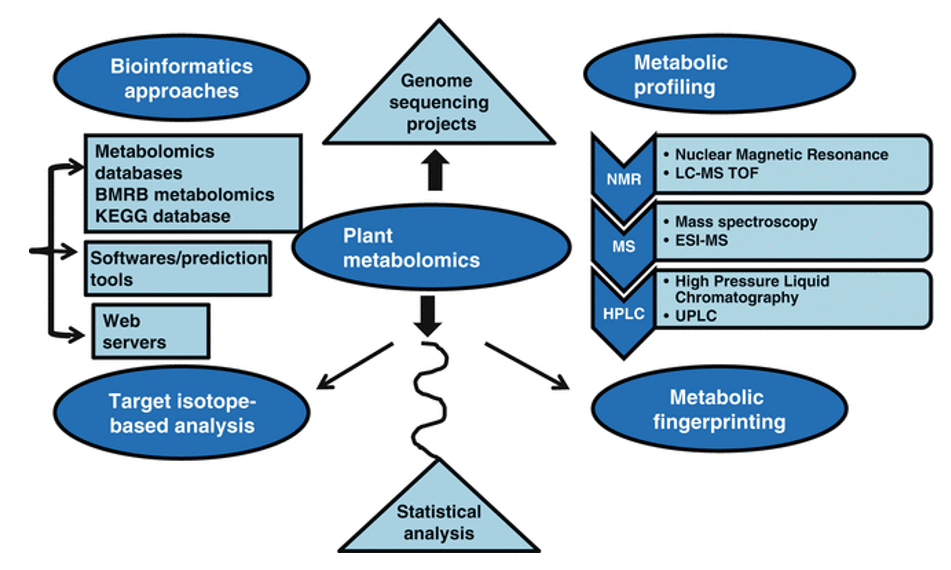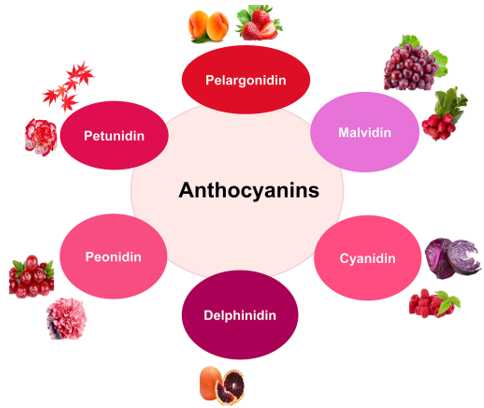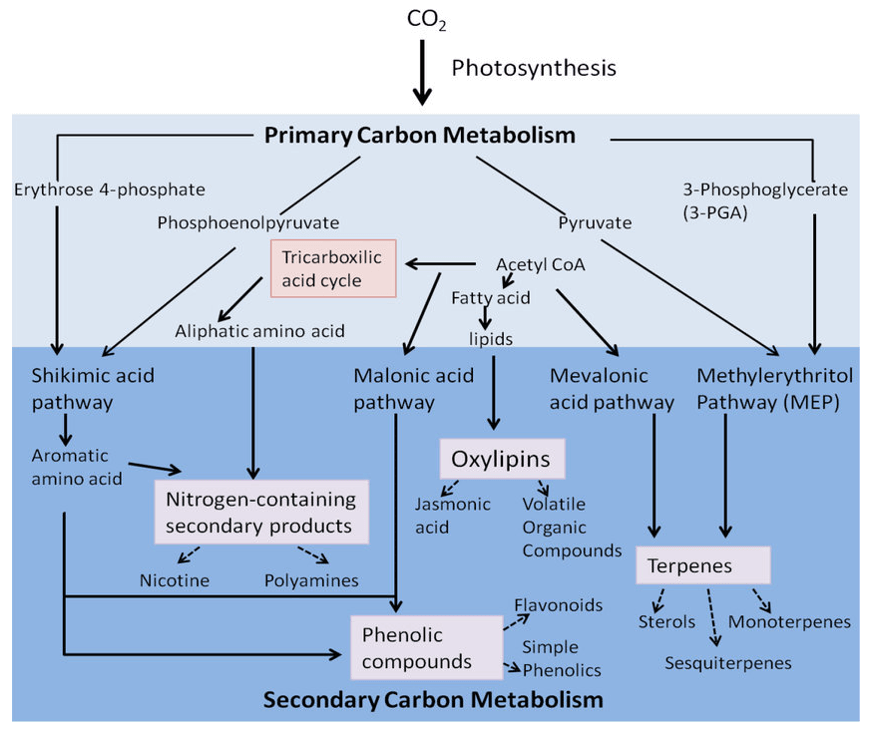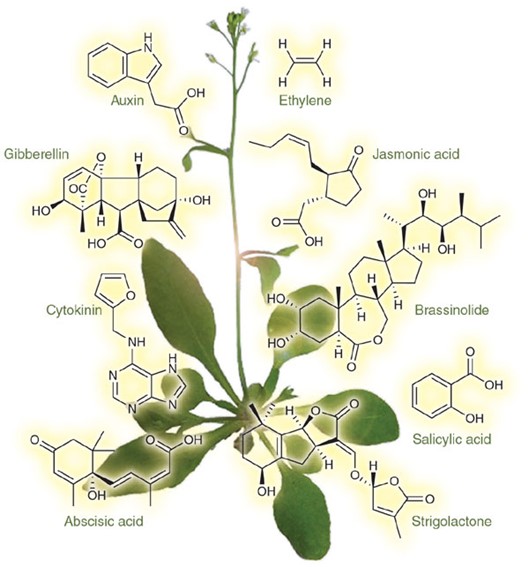What are Anthocyanins?
Anthocyanins are a class of water-soluble pigments belonging to the flavonoid group, widely distributed in the plant kingdom. These pigments are responsible for the vibrant red, purple, and blue colors observed in various fruits, vegetables, and flowers. Anthocyanins play a crucial role in plants, acting as antioxidants, protecting them from environmental stressors, and attracting pollinators.
Beyond their aesthetic appeal, anthocyanins possess a myriad of health benefits for humans. These natural compounds exhibit potent antioxidant properties, which can help combat oxidative stress and reduce the risk of chronic diseases, including heart disease and cancer. Furthermore, they may have anti-inflammatory and neuroprotective effects, making them a subject of intense scientific interest.
Anthocyanins Analysis: What Can It Reveal?
Anthocyanins analysis holds the key to unraveling the complex world of these pigments, shedding light on their composition, concentration, and bioavailability. Here are some critical aspects of anthocyanins analysis and the insights it can provide:
Anthocyanin Composition
Anthocyanins are not a single entity but a diverse group of pigments, each with its own chemical structure. Anthocyanins analysis can identify and characterize the specific anthocyanin compounds present in a sample.
Quantitative Insights
Beyond identification, anthocyanins analysis quantifies the concentration of each anthocyanin compound. This quantitative data is invaluable for understanding the relative abundance of different pigments within a sample. Researchers can discern which anthocyanins contribute most to the coloration, flavor, and health-promoting properties of fruits, vegetables, and other anthocyanin-rich sources.
Structural Elucidation
Anthocyanins analysis often involves structural elucidation, uncovering not only the presence but also the arrangement of atoms within a molecule. This insight aids in understanding the stability, reactivity, and bioavailability of anthocyanins,
Environmental and Genetic Factors
Anthocyanin levels and profiles can be influenced by environmental conditions and genetic factors. Analyzing anthocyanins provides a window into how plants and organisms respond to stress, UV radiation, temperature variations, and genetic mutations.
Food and Beverage Quality
In the food and beverage industry, anthocyanins analysis is employed to assess product quality. It ensures that the desired anthocyanin content is maintained during processing and storage, preserving the visual appeal and nutritional value of products.
Anthocyanins Analysis Services at Creative Proteomics
Creative Proteomics is at the forefront of anthocyanins analysis, offering a comprehensive suite of services tailored to meet the diverse needs of researchers, product developers, and industries.
Detectable Anthocyanins
| Cyanidin | Delphinidin | Pelargonidin | Peonidin |
| Malvidin | Petunidin | Luteolinidin | Cyanidin-3-glucoside |
| Delphinidin-3-glucoside | Pelargonidin-3-glucoside | Malvidin-3-glucoside | Peonidin-3-glucoside |
| Cyanidin-3-rutinoside | Delphinidin-3-rutinoside | Petunidin-3-rutinoside | Malvidin-3-rutinoside |
| Peonidin-3-rutinoside | Cyanidin-3-sambubioside | Delphinidin-3-sambubioside | Petunidin-3-sambubioside |
| Malvidin-3-sambubioside | Delphinidin-3-glucoside-5-glucoside | Cyanidin-3-glucoside-5-glucoside | Petunidin-3-glucoside-5-glucoside |
Anthocyanins Analytical Techniques
We employ a range of analytical approaches, including liquid chromatography-mass spectrometry (LC-MS), to separate and detect anthocyanins. LC-MS is a robust technique that allows for the identification of individual anthocyanin compounds based on their mass-to-charge ratios and fragmentation patterns.
- Thermo Scientific Q Exactive Plus: This high-resolution mass spectrometer is capable of accurate mass measurements, enabling the identification and quantification of anthocyanins with exceptional precision.
- Waters Xevo TQ-XS: This triple quadrupole mass spectrometer is renowned for its sensitivity, making it ideal for the quantification of trace amounts of anthocyanins in complex samples.
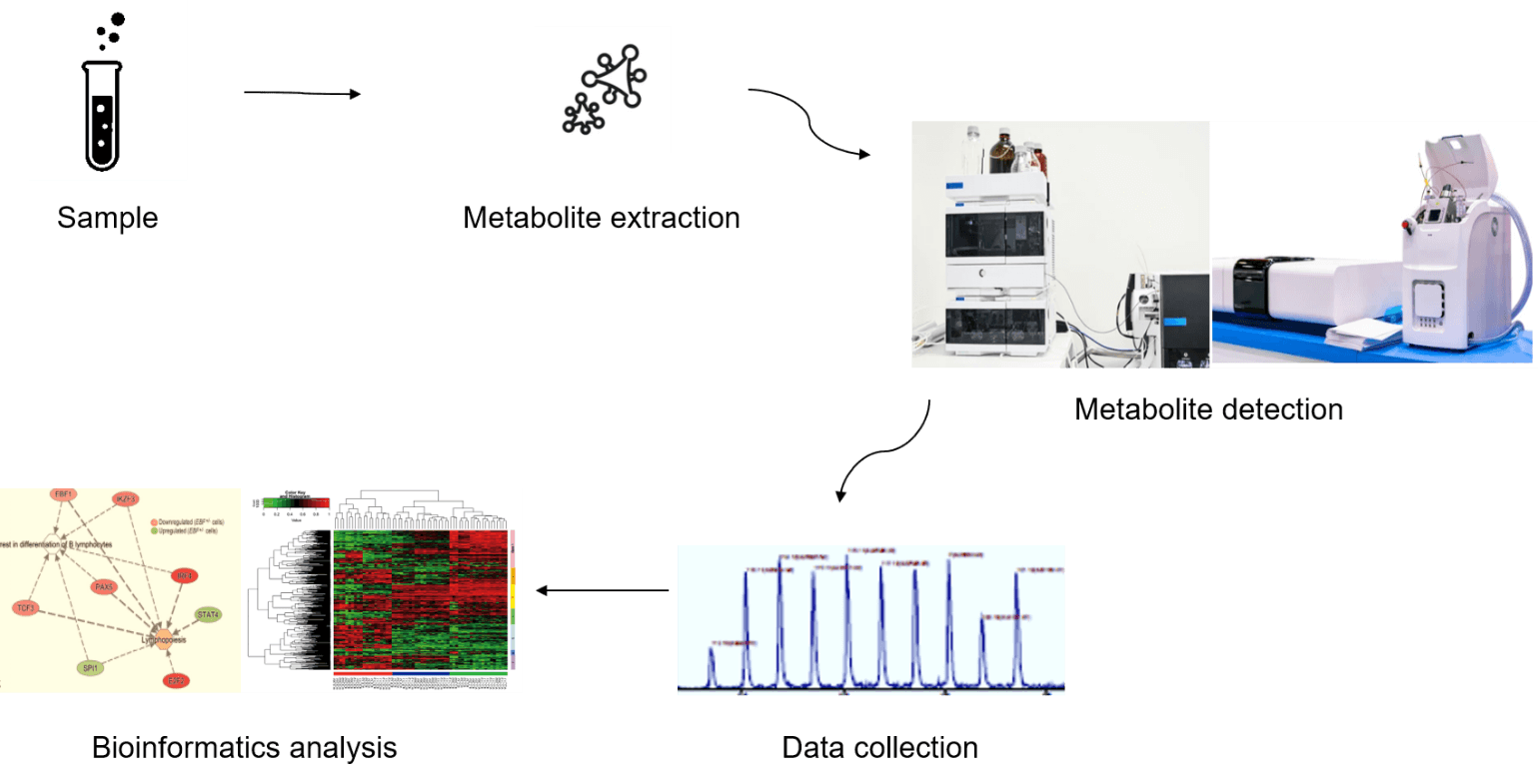
Anthocyanins Metabolomics Data Analysis
| Aspect of Analysis | Description |
|---|
| Data Preprocessing | - Cleans and refines raw data.
- Eliminates noise and corrects variations.
- Ensures data accuracy and reliability. |
| Compound Identification | - Compares mass spectra for identification.
- Cross-references with metabolite databases.
- Confidently identifies anthocyanin compounds. |
| Quantitative Analysis | - Determines concentration of anthocyanins.
- Quantifies relative abundance in samples. |
| Statistical Analysis | - Applies advanced statistical techniques.
- Identifies patterns, correlations, trends.
- Enhances depth and insights in research. |
| Data Interpretation and Reporting | - Translates complex data into actionable insights.
- Generates comprehensive reports with meaningful results.
- Facilitates data-driven decision-making. |
Sample Requirements for Anthocyanins Analysis
Sample Types
Fruits and Vegetables: For anthocyanins analysis in fruits and vegetables, it is recommended to use fresh, undamaged samples. Samples can include a variety of fruits such as berries (e.g., strawberries, blueberries, raspberries) and vegetables (e.g., red cabbage, purple sweet potatoes).
Flowers: When analyzing anthocyanins in flowers, select freshly harvested and intact blossoms. Flowers like pansies, petunias, and roses are common choices for such analyses.
Beverages: If you're investigating anthocyanins in beverages like juices or wines, ensure the samples are unadulterated and free from added preservatives or colorants. It is advisable to use fresh, unfiltered samples.
Supplements: In the case of anthocyanin-containing supplements, follow the manufacturer's instructions for sample preparation. Typically, capsules or tablets are opened, and the contents are used for analysis.
Recommended Sample Quantities
The quantity of the sample required for anthocyanins analysis can vary depending on the specific analytical method and the sensitivity of the instruments used. However, as a general guideline:
Solid Samples (e.g., fruits, vegetables, flowers): A representative portion of approximately 5-10 grams is usually sufficient for most analyses. However, for very low concentrations, larger samples may be required.
Liquid Samples (e.g., juices, wines): Typically, 10-20 milliliters (mL) of the liquid sample is suitable for analysis. If the anthocyanin concentration is low, a larger volume may be needed.
Supplements: Follow the recommendations provided by the supplement manufacturer. In most cases, opening a single capsule or tablet is adequate for analysis.
Case: Comprehensive Phenolic Analysis and Bioactivity Assessment of Blueberry Genotypes: Emphasizing the Role of Anthocyanins
Background:
The study aimed to comprehensively analyze the phenolic composition of blueberry samples and investigate their potential antioxidant and anti-inflammatory properties. The focus was on both pink-fruited blueberry clones and lowbush blueberry, with particular attention to the role of anthocyanins in bioactivity.
Samples:
The samples included six pink-fruited blueberry clones (PLE, PCH, FLR, US 2117, US 2211, US 2235) and a uniform composite sample of lowbush wild blueberry. These samples represented a diverse range of blueberry genotypes.
Technical Methods:
Phenolic Compound Analysis: The study employed a validated HPLC-IT-TOF/MS method to simultaneously identify and quantify 37 phenolic compounds. These compounds belonged to five classes, including anthocyanins, flavan-3-ols, flavonols, phenolic acids, and resveratrol. The method provided efficient separation, high selectivity based on ESI mass ions, and sensitivity across a wide concentration range.
In Vitro Antioxidant Assays: The antioxidant capacity of the blueberry extracts was assessed using the ABTS and FRAP assays. These assays measured the ability of the antioxidants to quench ABTS•+ radicals and reduce the ferric-TPTZ complex, respectively. The results were correlated with total phenolic and anthocyanin contents.
In Vitro Anti-Inflammatory Assays: Blueberry extracts were tested in LPS-activated Raw 264.7 macrophages to evaluate their anti-inflammatory effects. ROS and NO production were measured as indicators of oxidative stress, and the expression of pro-inflammatory genes (IL-1β, IL-6, COX-2, iNOS) was assessed.
Results:
The HPLC-IT-TOF/MS method successfully identified and quantified 37 phenolic compounds in blueberries.
Anthocyanins were identified as the primary contributors to the antioxidant and anti-inflammatory properties of blueberries.
In vitro assays demonstrated that both pink-fruited blueberries (at 250 μg/mL) and lowbush blueberries (at 50 μg/mL) effectively reduced ROS and NO production and inhibited the expression of pro-inflammatory genes.
There were strong correlations between in vitro antioxidant activity and total phenolic and anthocyanin contents.






